Inductive Proximity Sensor ID18-3005PA are widely utilised in industrial automation. They’re used to detect the presence of items without any physical contact with the target or object. It is suitable for controlling the limit machine tool, detecting, counting. This sensor is also widely used in mine, metallurgy, machinery, plastic, textile, chemical industries and so on.
Inductive proximity sensors operate on the basis of Faraday’s Law. One way to state Faraday’s Law is that a change in magnetic flux in a coil of wire will induce a voltage in a nearby coil. This is applied in inductive proximity sensors in the following way: The sensor itself contains an oscillator circuit and a coil from which an electromagnetic field radiates out and induces eddy currents in any nearby metallic objects. The eddy currents have the effect of attenuating the oscillations from the amplifier. This reduction in oscillations is registered as the presence of a metallic object.
Inductive sensors cannot detect plastic, cardboard, or other non-metallic materials as only metallic things have inductive qualities. However, various metals have varying inductive qualities, therefore the detecting distance will also depend on the type of metal being sensed. For example, ferromagnetic materials like steel have the largest sensing distances, but non-ferrous metals like aluminium or copper have far shorter sensing distances. Inductive proximity sensors are best suited to short-range applications since the inductive effect diminishes as the distance between the sensor and the item to be detected increases. That’s why these sensors are used for short-range applications only.
Inductive proximity sensors can perform effectively in dirty situations because pollutants except do not obstruct the sensor’s capacity to detect metallic objects but metallic contaminants such as small metal pieces in machining applications will impact sensor operation. These sensors can withstand dirt, dust, and smoke in the environment between the sensor and the thing to be detected, for example. Contaminants on the sensor face, such as dirt and dust, oil, grease, and soot, have no effect on inductive sensing.

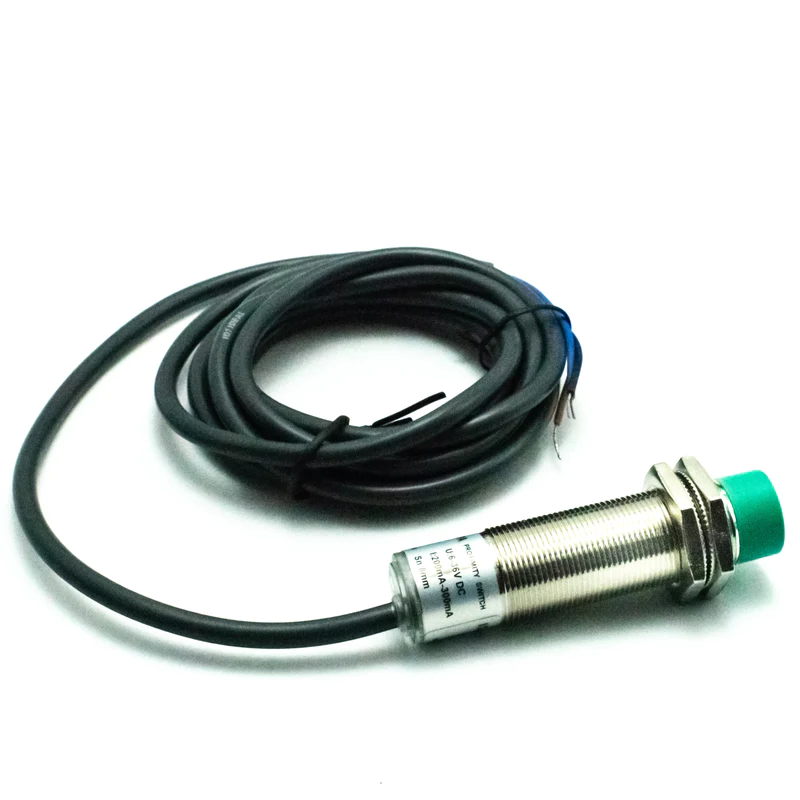
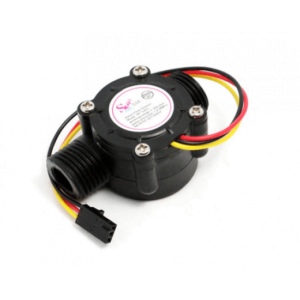
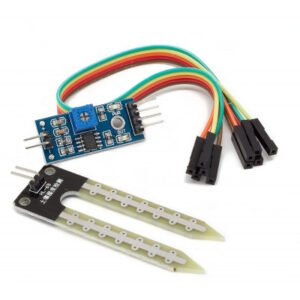
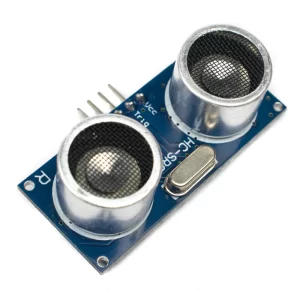
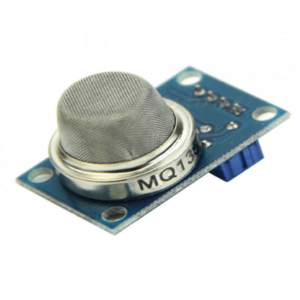
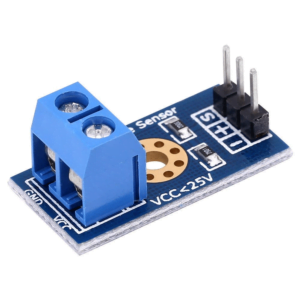












There are no reviews yet.